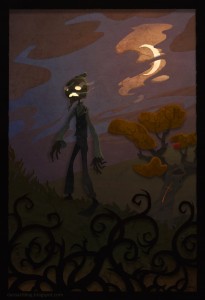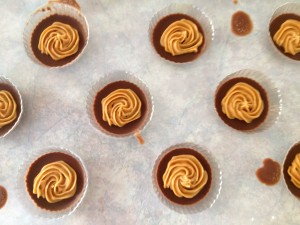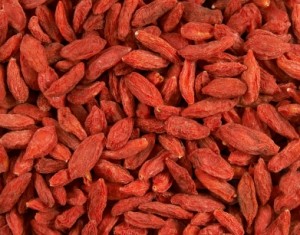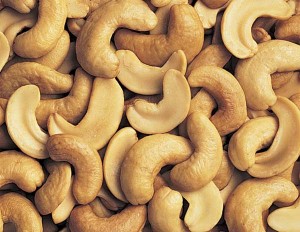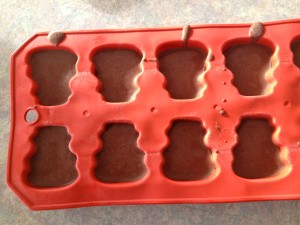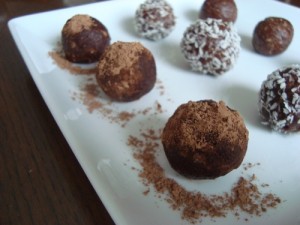Halloween, the second biggest revenue holiday next to Christmas. Children flock to the streets dressed in costumes looking for treats. Superheros, villians, princesses, scary figures, all interested in a little sweet treat as they knock on your door.
Decorations abound in neighborhoods, community events of all kinds pop up offering various alternatives to the traditional door to door. Halloween is a fabulous holiday and one that adults and children alike can get creative and have a lot of fun. There are all kinds of traditions around this holiday, like the jack-o-lanterns we put on our doorsteps, dressing in costume, and going door to door.
 I was curious this year to find out more about Halloween and where it came from. How did this holiday begin, why do we go door to door? If you think about it, it seems like a really odd thing to do, dress up and go ‘begging’ for candy. I wanted to know more.
I was curious this year to find out more about Halloween and where it came from. How did this holiday begin, why do we go door to door? If you think about it, it seems like a really odd thing to do, dress up and go ‘begging’ for candy. I wanted to know more.
Halloween, also called All Hallow’s Eve, stems from the ancient Celtic holiday of Samhain, which is a festival in which they celebrated the end of the harvest season and the first day of winter. It was also believed that this transition between seasons was when the veil between worlds was the thinnest and a bridge to the world of the dead. It was when deceased would come back and wreak havoc such as sickness or damaging crops. Masks and costumes were used during the festival to mimic the evil spirits and appease them, so to protect and leave the community alone.
The tradition of going door to door in costume was first found in medevial times when the practice of ‘souling’ was done. On All Hallow’s Eve poor folks would go door to door receiving food in return for prayers for the dead, therefore protecting people and offering peace to the deceased. Fascinating I thought, instead of candy, it began with people asking for actual food.
 The Jack-O-Lantern was one of the most interesting. Based on the Irish folktale of Stingy Jack, who had tricked the Devil into not taking his soul, had nowhere to go when he died. As he had led a sinful life he could not go to Heaven and because he made a deal with the Devil who couldn’t take his soul, he had no place to rest and was left in darkness. Unable to see, the Devil threw him an ember from Hell to light his way. Jack placed the ember in a turnip, his favorite vegetable and wandered the Earth looking for a resting place. The Jack-O-Lantern became a symbol to keep spirits and ghosts away on Samhain.
The Jack-O-Lantern was one of the most interesting. Based on the Irish folktale of Stingy Jack, who had tricked the Devil into not taking his soul, had nowhere to go when he died. As he had led a sinful life he could not go to Heaven and because he made a deal with the Devil who couldn’t take his soul, he had no place to rest and was left in darkness. Unable to see, the Devil threw him an ember from Hell to light his way. Jack placed the ember in a turnip, his favorite vegetable and wandered the Earth looking for a resting place. The Jack-O-Lantern became a symbol to keep spirits and ghosts away on Samhain.
Traditionally, all these Halloween events took place and originated in Ireland, Scotland and England as early as the 10th century, not reaching North America until 19th century, really taking off in the late 20th. In fact, during World War II, Halloween was toned down quite a bit due to sugar rationing during that time.
 How the items given out at the door evolved from food items to candy is a mystery, and I have not been able to find out exactly why this changed. I can only hypothosize that it may have been a cheaper alternative as trick or treaters became more abundant or something along those lines.
How the items given out at the door evolved from food items to candy is a mystery, and I have not been able to find out exactly why this changed. I can only hypothosize that it may have been a cheaper alternative as trick or treaters became more abundant or something along those lines.
Today, many of the Halloween traditions still hold true, though there is a strong trend to reduce the amount of candy and sugar surrounding the holiday and with anything, there is controversy on both sides whether we should or shouldn’t do so. Honestly, I believe it is a personal choice as to what you choose to do and why. Regardless, people still dress up in costumes and enjoy going door to door, parties or other events finding their ways to celebrate and enjoy the holiday.
Here are some more fun facts I discovered in my research on Halloween:
- The colors orange and black are associated with Halloween because orange is associated with the Fall Harvest and black with darkness
- The fear of Halloween is known as Samhainophobia
- If you see a spider on Halloween it represents the spirit of a loved one that passed away is watching over you
- It is believed that if you have a Halloween birthday you have a gift of communicating with those that have passed over
- Cats, spiders and bats are not random symbols, they are associated with witchcraft
- The pumpkin took over from the turnip for the Jack-O-Lantern when they Irish arrived in America and discovered the orange vegetable in abundance
If you have any fun or interesting facts about the history of Halloween please share them in the comments below!


